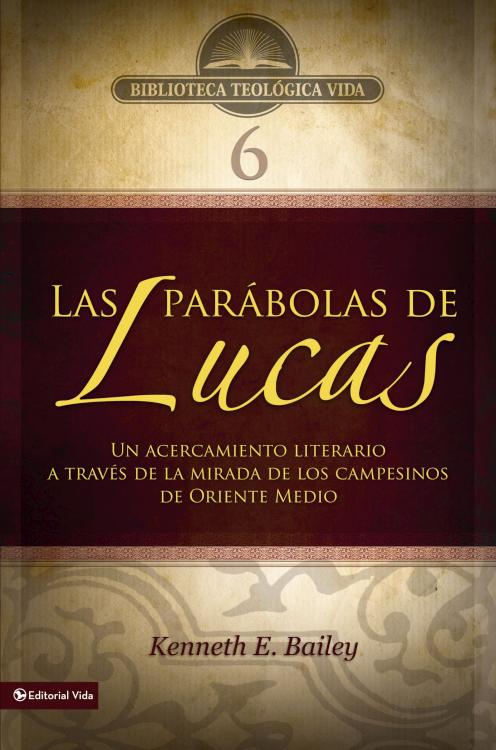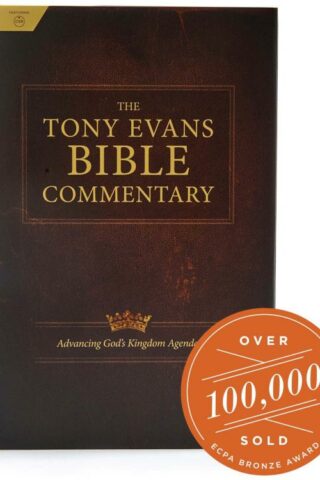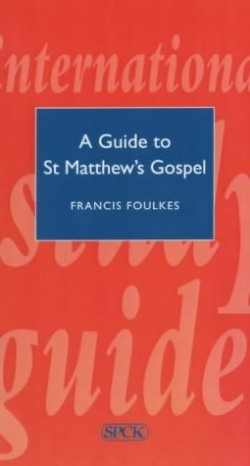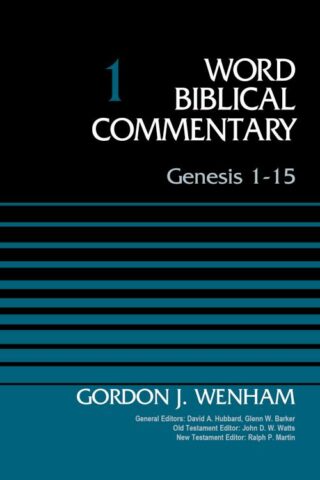Parabolas De Lucas – (Spanish)
$17.99
Where is the cross in the parable of the prodigal son? Muslims have used the father’s forgiveness in this parable to question the need for a mediator between God and man. Presented from a Middle Eastern perspective, Kenneth Bailey powerfully demonstrates the essential Christian message in this parable. Discover the tensions between law and love, servant hood and son ship and honor and forgiveness.
in stock within 3-5 days of online purchase
SKU (ISBN): 9780829753905
ISBN10: 0829753907
Language: Spanish
Kenneth Bailey
Binding: Cloth Text
Published: January 2009
Biblioteca Teologica Vida # 6
Publisher: Editorial Vida
Print On Demand Product
Related products
-
Tony Evans Bible Commentary
$35.00Add to cartTony Evans is one of the most influential church leaders of our time and has been faithful in his effective proclamation of the Gospel for over 50 years. He is senior pastor of Oak Cliff Bible Fellowship in Dallas, TX and founder of The Urban Alternative, a ministry which promotes a kingdom agenda philosophy designed to enable people to live all of life underneath the comprehensive rule of God.
The Tony Evans Bible Commentary includes an introduction to each Bible book followed by passage-by-passage exposition of the entire Bible by Dr. Tony Evans. In addition, there is a special front matter section with introductory resources. The insights in this commentary will help explain God’s Word in a fresh way. Applying these truths will empower readers to have transformed lives that then transfer the values of the kingdom of God to others.
The Tony Evans Bible Commentary features the highly readable, highly reliable text of the Christian Standard Bible(R) (CSB). The CSB stays as literal as possible to the Bible’s original meaning without sacrificing clarity, making it easier to engage with Scripture’s life-changing message and to share it with others.
-
Genesis 1-15
$57.99Add to cartThe Word Biblical Commentary delivers the best in biblical scholarship, from the leading scholars of our day who share a commitment to Scripture as divine revelation. This series emphasizes a thorough analysis of textual, linguistic, structural, and theological evidence. The result is judicious and balanced insight into the meanings of the text in the framework of biblical theology. These widely acclaimed commentaries serve as exceptional resources for the professional theologian and instructor, the seminary or university student, the working minister, and everyone concerned with building theological understanding from a solid base of biblical scholarship.
Overview of Commentary Organization
Introduction-covers issues pertaining to the whole book, including context, date, authorship, composition, interpretive issues, purpose, and theology. Each section of the commentary includes: Pericope Bibliography-a helpful resource containing the most important works that pertain to each particular pericope. Translation-the author’s own translation of the biblical text, reflecting the end result of exegesis and attending to Hebrew and Greek idiomatic usage of words, phrases, and tenses, yet in reasonably good English. Notes-the author’s notes to the translation that address any textual variants, grammatical forms, syntactical constructions, basic meanings of words, and problems of translation. Form/Structure/Setting-a discussion of redaction, genre, sources, and tradition as they concern the origin of the pericope, its canonical form, and its relation to the biblical and extra-biblical contexts in order to illuminate the structure and character of the pericope. Rhetorical or compositional features important to understanding the passage are also introduced here. Comment-verse-by-verse interpretation of the text and dialogue with other interpreters, engaging with current opinion and scholarly research. Explanation-brings together all the results of the discussion in previous sections to expose the meaning and intention of the text at several levels: (1) within the context of the book itself; (2) its meaning in the OT or NT; (3) its place in the entire canon; (4) theological relevance to broader OT or NT issues. General Bibliography-occurring at the end of each volume, this extensive bibliography contains all sources used anywhere in the commentary.






Reviews
There are no reviews yet.